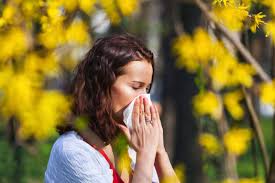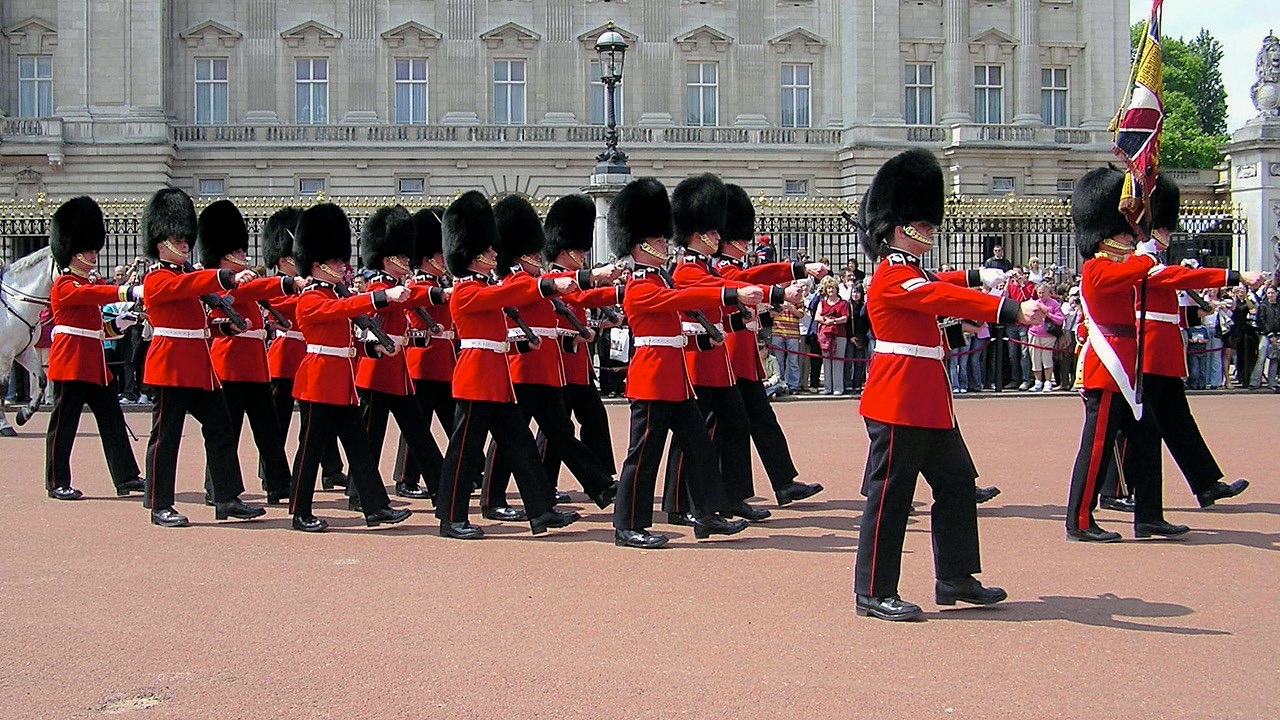By various estimates, 3–7% of people have allergies in Russia, but the main thing is that the incidence is gradually growing. Pollinosis is not usually dangerous, but still it is unpleasant: it interferes with concentration, does not let you sleep.
A person with seasonal allergies most often sneezes, his nose swells, he has a runny nose, eyes turn red and watery. Pollinosis is sometimes confused with a cold because of that, especially if it was not there before. In severe cases people also suffocate, as with asthma, their face or other body parts swell, head hurts, temperature rises, and red spots appear on skin.
How to find out if you are allergic to something and what is it?
First you need to go to the therapist so that he decides whether to consult a specialist. You can immediately go to the allergologist and do the tests. The doctor will apply various substances to your skin and see what causes irritation. You can also give a blood sample for antibodies, nasal swab (it is called a rhinocytogram), and check if your lungs are working properly. Not every state polyclinic has an allergist, but finding him in a private clinic is not a problem.
How to treat pollinosis?
There are two ways to treat hay fever. The first is allergen-specific immunotherapy (ASIT), when the body is accustomed to the allergen: it is either injected under the skin, or dripped under the tongue, or allowed to inhale or drink, gradually increasing the dose. The injections last longer, they are given once a month, and drops under the tongue begin to be given three to four months before flowering and during the pollination season. Within two or three years of treatment, almost all patients forget about unpleasant symptoms, the effect lasts several years.
The second method is a seasonal treatment, when during flowering patients take anti-leukotrien drugs, antihistamines and steroids that relieve swelling and inflammation in the nasopharynx. People often try to avoid antihistamines because they make them sleepy. Old medications used to have this effect. The modern medicines loratadine and cetirizine, however, will not make you lie on the sofa.
It is worth wearing glasses, a mask or special filters for the nose during flowering, so that as little pollen as possible gets onto the mucous membranes. Besides, it will help us understand what kind of illness you have. If you are not sure about allergy and all symptoms disappear with face protection, you should probably see an allergist.
Finally, it would be better to go somewhere far away from pollen in the height of the season. There were cases when people avoided allergens for several years in a row and got rid of the disease. You can now monitor the pollen concentration through the Yandex.Weather service: its amount in the air can be seen on the map. However, so far there is data only for the western regions of Russia, parts of Belarus, Ukraine, Moldova, and Abkhazia.
Can pollinosis be prevented?
There are no proven methods for preventing disease: hay fever cannot be prevented, the disease is largely predetermined by heredity. However, risks can be reduced. As mentioned earlier, the development of allergies is affected by air purity. There is nothing to be done with the air outside the window, but you need to make sure that dust does not fly at home. It is better not to feed children with food additives and colorants, as they are also a risk factor.
Source: https://nauka.tass.ru/nauka/8146721
Photos are from open sources.





